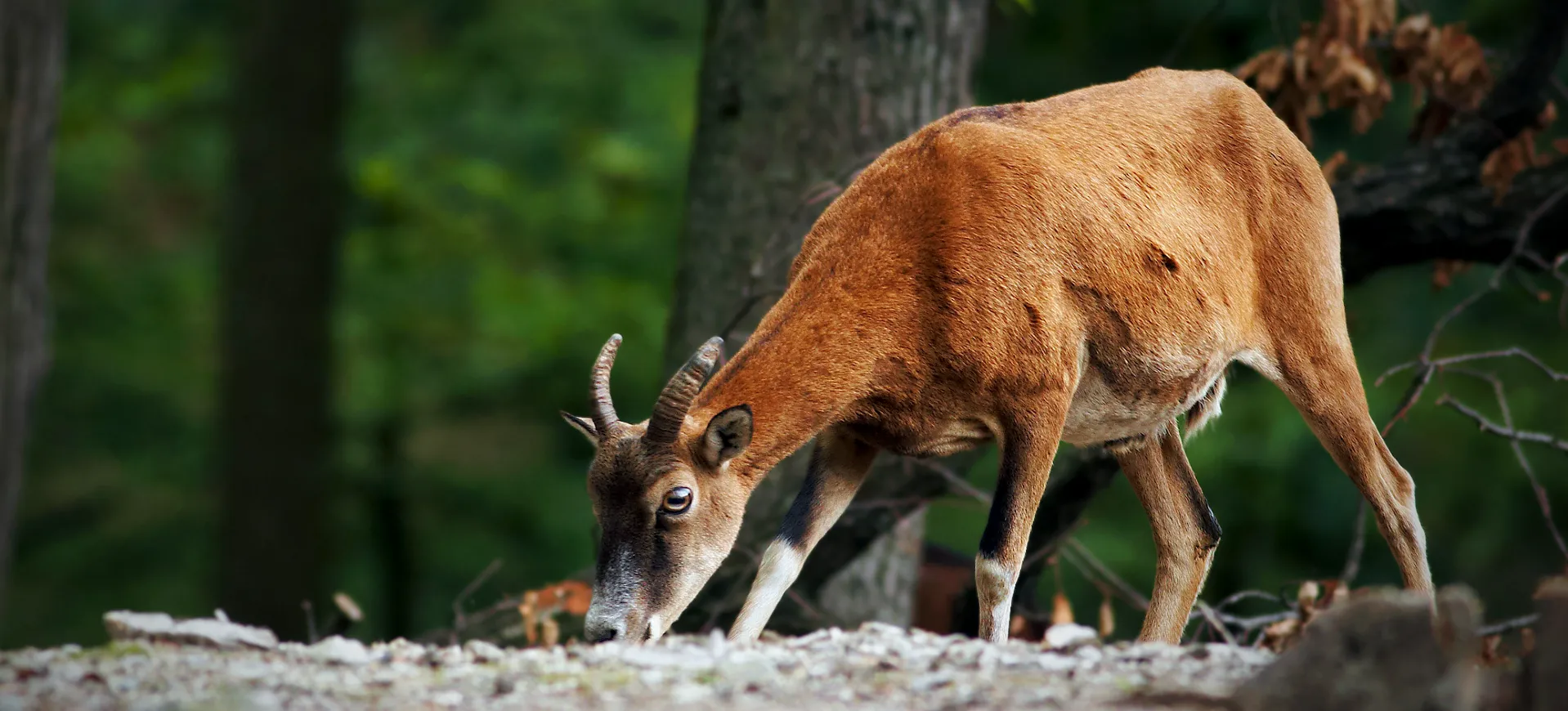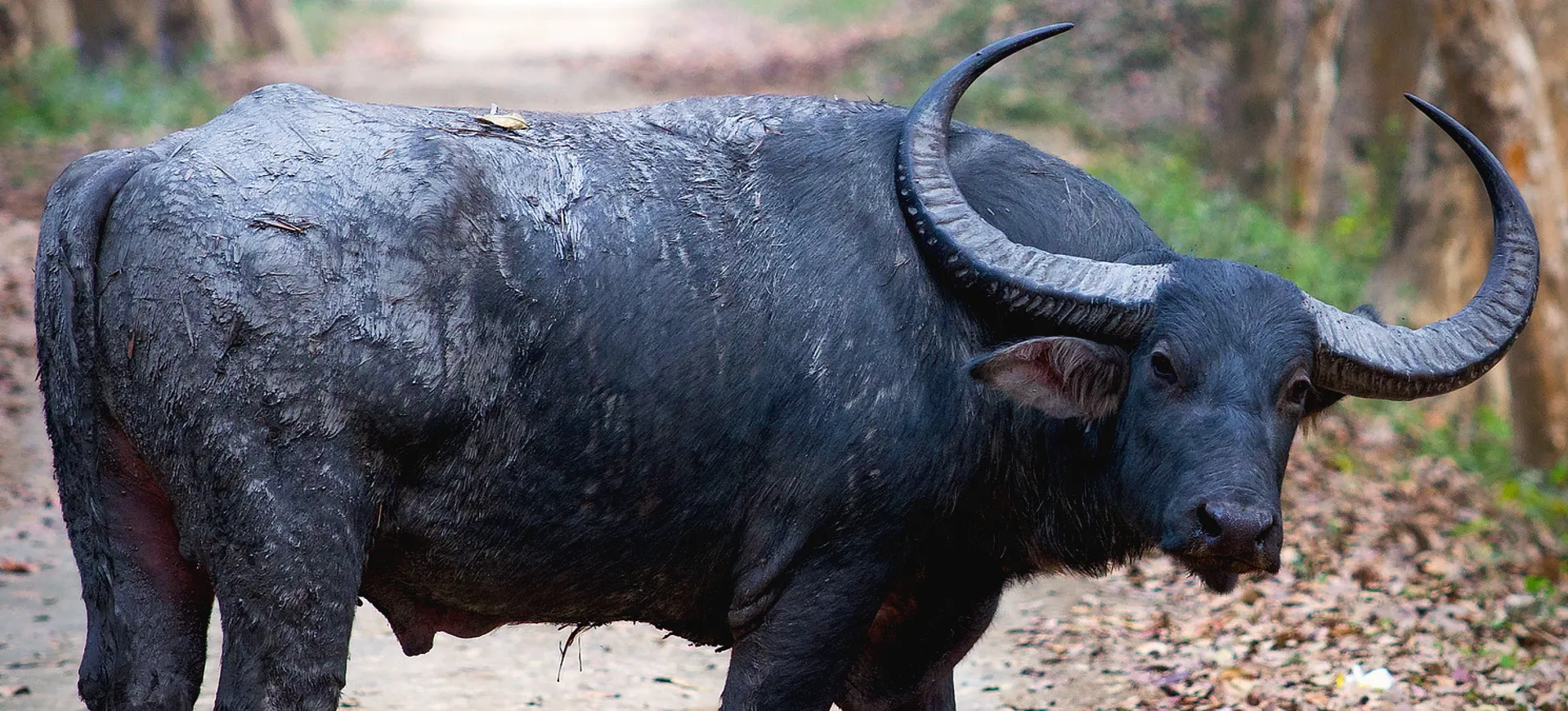Overview
The LaMancha Goat is a dairy goat breed distinguished by its unique small ears. This goat breed originated in the United States and is known for its friendly and gentle temperament. Its characteristic ear type can appear in two forms: “gopher ear” and “elf ear.”
Bred primarily for its milk production, the LaMancha Goat produces milk high in butterfat and proteins. Milk is often used in cheese production and is known for its sweet and mild flavor. The goats come in various colors and patterns, which adds to their visual appeal.
This breed is known for its adaptability and hardiness, making it suitable for various climates and conditions. The LaMancha Goat’s friendly disposition makes it popular among goat owners and often bonds well with humans. It is considered a good breed for both experienced and novice goat keepers.
Taxonomy
Kingdom
Phylum
Class
Order
Family
Genus
Species
Type
RANGE
Current distribution:
LaMancha goats are primarily domesticated, and wild populations are not recognized, making them unique to human care and breeding programs. They are found primarily in North America, predominantly in private ownership, agricultural settings, and petting zoos. Their presence across different cultures and landscapes attests to their versatility and appeal as productive and companion animals.
Their small to medium size and adaptability make them suitable for various climates and environments, from cold regions to tropical areas. Conservation and responsible breeding practices are essential to maintain the integrity and health of the breed, ensuring that they continue to thrive. These measures help preserve the breed's characteristics and prevent potential health issues, sustaining the LaMancha goat's popularity and value.
Physical Description:
The LaMancha Goat is known for its short ears, with either “gopher” or “elf” ear types. The gopher ears are smaller and can be almost non-existent, while elf ears are slightly longer. They have a well-built frame, with a straight or slightly dished face, and medium-sized horns that can be removed at an early age.
These goats have robust bodies with fine, glossy coats in various colors and patterns. Their legs are strong and well-balanced, supporting their relatively large frame. The udders are well-attached and capacious, reflecting their milking potential.

Lifespan: Wild: ~8 Years || Captivity: ~12 Years

Weight: Male: 155-175 lbs (70-79 kg) || Female: 130-150 lbs (59-68 kg)

Length: Male: 30-34 inches (76-86 cm) || Female: 28-32 inches (71-81 cm)

Height: Male: 28-30 inches (71-76 cm) || Female: 26-28 inches (66-71 cm)

Top Speed: 15 mph (24 km/h)
Characteristic:
Native Habitat:
The LaMancha Goat was developed in the United States, specifically in California. It thrives in various environments, from arid regions to temperate climates. The breed adapts well to different management systems and can be found on small family farms and commercial dairy operations.
Their hardy nature and ability to adapt to various climates have contributed to their popularity across different regions. They are restricted to the US and have been exported to other countries, where they continue to thrive in diverse conditions.
Climate Zones:
Biomes:
Biogeographical Realms:
Continents:
Countries:
Diet:
Diet & Feeding Habits:
LaMancha Goats are primarily herbivorous and feed on a varied diet of hay, grains, greens, and other plant materials. They have a good appetite and efficiently convert the feed into milk. Being ruminants, they have a specialized stomach with four compartments to break down complex plant materials.
Proper nutrition plays an essential role in milk production. Their diet must be balanced with proteins, vitamins, minerals, and energy sources. Fresh water availability is vital, and special attention should be given to their nutritional needs during pregnancy and lactation.
Mating Behavior:
Mating Description:
LaMancha Goats are polyestrous animals, meaning they can breed throughout the year. However, they have a peak breeding season in the fall. The does (females) display evident signs of estrus or heat during this time, attracting the bucks (males).
The mating process is usually quick and straightforward. After successful mating, the does are monitored for signs of pregnancy, and necessary care is provided. This breed has a high reproductive rate, often producing twins or even triplets.
Reproduction Season:
Birth Type:
Pregnancy Duration:
Female Name:
Male Name:
Baby Name:
Social Structure Description:
LaMancha Goats are social animals that enjoy the company of other goats and even humans. They are often kept in groups or herds and display a hierarchical structure with dominant and submissive individuals. Social interaction helps in reducing stress and promotes overall well-being.
Their friendly and gentle nature also allows them to bond well with their caregivers. Proper socialization is essential, and introducing new goats into a herd should be done carefully to avoid conflicts and ensure a harmonious environment.
Groups:
Conservation Status:
Population Trend:
The LaMancha Goat is a popular breed in the United States and is kept for commercial and hobby purposes. They are found across different states and have been introduced to other countries. The population is considered stable, with many breeders focusing on improving and preserving the breed’s characteristics.
Their popularity as dairy goats has increased interest in breeding and maintaining them. Various goat organizations and clubs support the breeders, providing guidelines and support for effective breeding, healthcare, and management.
Population Threats:
The primary threats to the LaMancha Goat population are health issues and improper management. Diseases, poor nutrition, and inadequate shelter can negatively impact their well-being and productivity. Proper veterinary care and management practices are essential to mitigate these threats.
Another potential threat is inbreeding, which can lead to genetic problems. Responsible breeding practices that maintain genetic diversity within the population are vital to the breed’s long-term sustainability.
Conservation Efforts:
Conservation efforts for the LaMancha Goat are primarily focused on promoting responsible breeding and management practices. Various associations and clubs support breeders in maintaining the breed’s distinct characteristics and improving its overall health and productivity.
Education and awareness campaigns are conducted to promote best practices in breeding, feeding, and healthcare. These collective efforts have contributed to this unique goat breed’s stable population.
Additional Resources:
Fun Facts
- The LaMancha Goat’s small ears do not affect its hearing ability.
- They are known for their calm and gentle temperament, often called the “gentle giants” of the goat world.
- LaMancha Goats have strong maternal instincts and are excellent mothers.
- Their milk is highly prized for cheese-making due to its high butterfat content.
- They can adapt to various climates, making them versatile in different regions.
- The breed was officially recognized in the United States in 1958.
- LaMancha Goats are often used in petting zoos due to their friendly nature.
- They can be trained and are known to respond well to human interaction.
- The name “LaMancha” has no Spanish origin, despite its Spanish-sounding name.
- Their unique ear types, “gopher” and “elf,” are specific genetic traits of this breed.
















































































